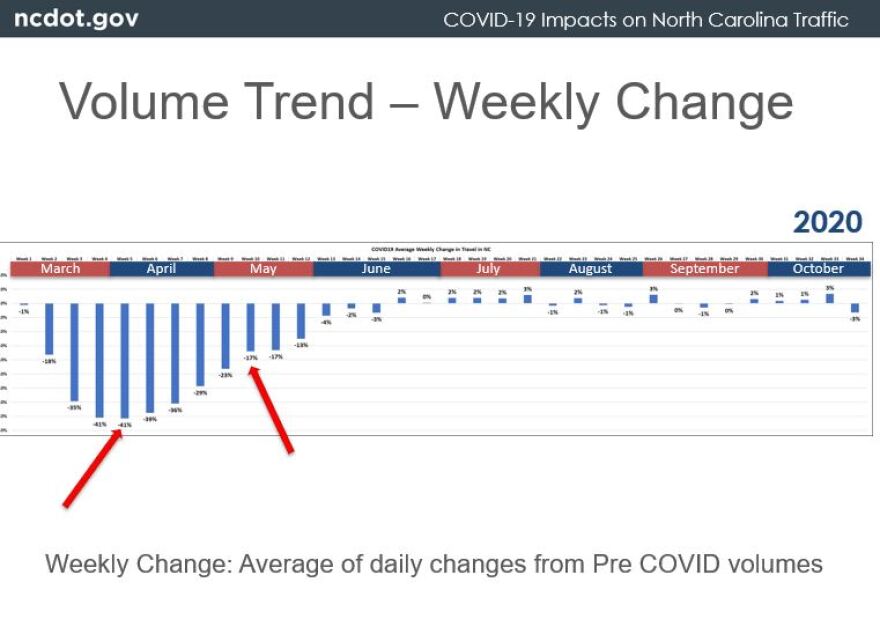We now have our first look at transit ridership’s post-COVID recovery — and a sense of how far the Charlotte Area Transit System has to go.
Here are the numbers:
In April 2019, CATS handled 1.8 million passenger trips. The Lynx Blue handled just under 690,000 of those. The bus system carried the rest.
Fast-forward to April 2020 — the first full month of the county and state’s semi-lockdown.
That month CATS traffic fell to just under 594,000 trips. That’s a two-thirds drop.
CATS recently tabulated transit ridership for April 2021 — the first time we can compare what post-pandemic life may be like after the state and businesses started really easing restrictions.
For that month, CATS says it handled 721,500 passenger trips. That’s a 21.5% increase over the previous year, but still only 40% of the traffic from the comparable pre-pandemic month, two years earlier.

(It should be noted that 2019 wasn’t Charlotte transit’s peak. That was in 2014, when CATS carried 29.4 million trips. Ridership had already fallen by 18% from 2014 to 2019, even with the opening of the $1.1 billion Lynx Blue Line extension.)
Is Work From Home Here To Stay?
April 2021 is arguably a transition month.
Vaccines were just becoming widely available, although most uptown businesses were still allowing work from home. Bars and restaurants were pretty full, but Gov. Roy Cooper’s mask mandates were still in effect.
As ridership numbers for the summer are tallied, it’s likely traffic will keep climbing as life returns to normal.
But how long until CATS reaches 2019 passenger levels? And will it ever?
A Trip On The Blue Line
I rode the Lynx Blue Line Tuesday afternoon through uptown. There were 15 people in my car and a handful of people waiting on the platforms of uptown stations. It wasn’t particularly busy, but the passengers I spoke with said there were more people riding than for much of the pandemic.
Charles and Mary Phillips are retirees from south Charlotte. They love the train and rode it several times — even before vaccines.
“The biggest issue is what happens with work from home,” Charles Phillips said about the future. “That’s going to be very important.”

The work-from-home issue is indeed critical to transit’s success.
Earlier this spring, Duke Energy announced it would be consolidating its uptown workforce into a new skyscraper under construction on South Tryon Street. The move will shrink the company’s footprint by 60%.
The accounting firm Grant Thornton has said it’s moving from uptown to South End. It will also use less space — a sign that work from home will continue.
What About Other Modes Of Transportation?
Driving across the nation and in North Carolina is nearly back to pre-pandemic levels.

During lockdown, airlines were hurt even more than transit.
In April 2019, Charlotte Douglas International Airport handled 2.07 million passenger enplanements.
That fell to just under 170,000 in April 2020, the first full month of the pandemic.
But a year later, it’s almost back to normal, despite a steep drop in international service. CLT handled 1.9 million enplanements in April 2021.
That’s the classic “U shaped curve” of a rapid economic recovery.
CATS is experiencing a more gradual comeback — for now, it’s looking more like a backwards J.
Transit Time is produced in partnership by WFAE and The Charlotte Ledger. Subscribe here.



